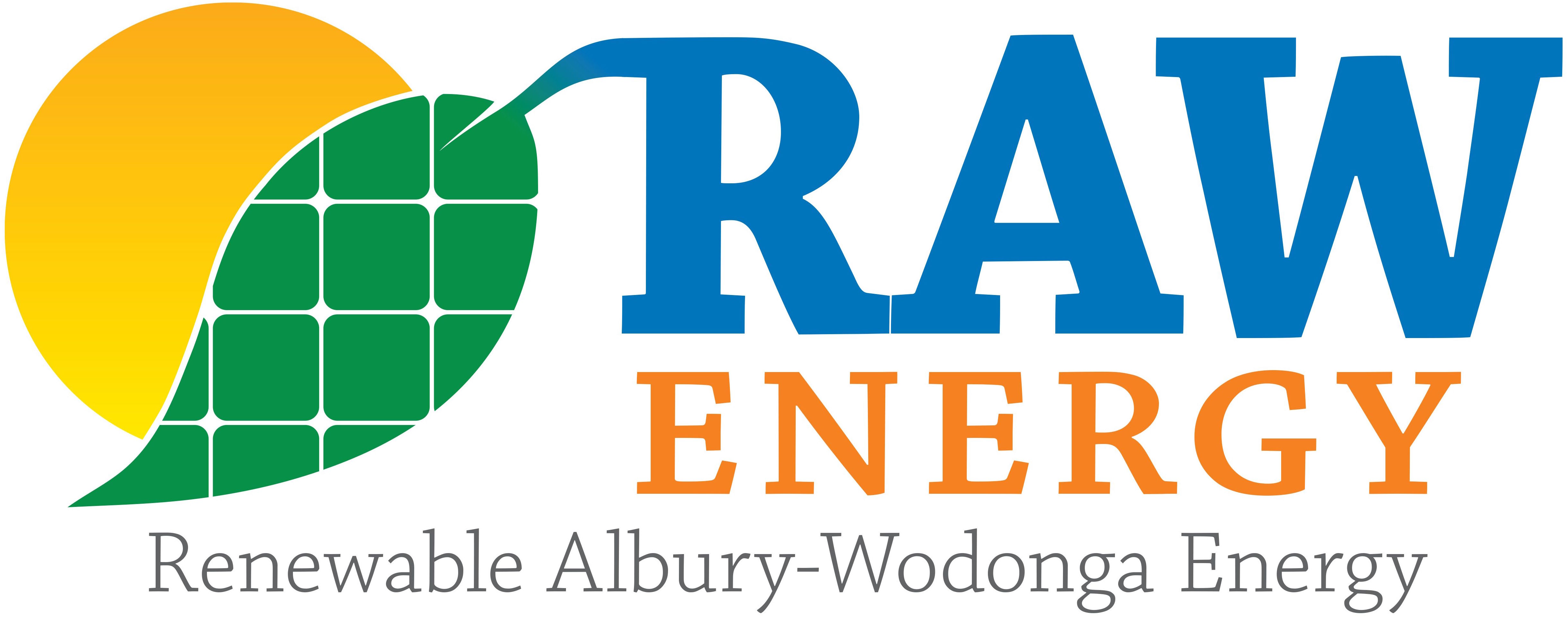
Communities around Australia are taking clean energy into their own hands, the Indi win built on that. OPINION Cam Klose
Back to back independents have never been elected in Australia, until now
The rural electorate of Indi will make history next week when Independent Dr Helen Haines is officially elected to replace fellow independent Cathy McGowan. Part of the reason she won was a climate platform founded on energy democracy.
Indi is a regional electorate in Victoria. It stretches all the way from the peri urban fringes of Melbourne to the Murray River. It is an electorate of mountains, valleys and plains. Until Cathy McGowan won in 2013, Indi had been a safe Liberal seat, delivering some of the largest margins in the country for conservative members.
Back to back independents have never been elected in Australian history. Popular independent MPs, like Tony Windsor or Rob Oakeshott have both seen their seats revert back to the Coalition.
There is a good reason for that. Once elected, independent members are popular, but most are elected on a protest vote from the former sitting member. It is very hard to run as an independent and win against a popular or at least “not-unpopular” major party candidate.
Indi is home to Australia’s most vibrant community energy network and this built the foundation for Helen Haines’ victory. The network includes 13 groups across the electorate, from the major population centres of Wodonga and Wangaratta in the north all the way to the smaller towns of Euroa and Alexandra in the south.
This has changed the politics of this regional seat and allowed a candidate like Helen to put forward a winning bold vision for tackling climate change.
Community energy is a powerful way for regional communities to take control of their energy future. It also helps revitalise regional communities by ensuring that the energy dollars spent in the region stay in the region. Of course, community energy is not unique to Indi.
Across Australia there are now more than 100 communities developing community-owned clean energy projects and working to transition their communities to 100% renewables. About 80% of these groups are located across regional Australia.
Helen’s success can be attributed to working with these groups and putting communities at the front of climate solutions. The strong community energy movement in Indi, meant people were already seeing and feeling the local benefits of clean energy.
At the forefront of this transition in Indi is the town of Yackandandah, which is committed to being powered by 100% renewable energy by 2022. Thanks to the work of community group Totally Renewable Yackandandah (TRY), 55% of all households already have solar on their roofs, way above the Victorian average.
TRY assisted the local hospital to install solar – with money saved on electricity redirected to employ more doctors and nurses. The town’s next target is to have solar panels on all community buildings. This year TRY has installed solar panels and a battery on the local CFA shed, ensuring that during bushfires or natural disasters it will still have power.
Yackandandah is also leading the country with new energy solutions, including “micro-grids”, which allow householders with solar panels to share electricity with other households. Yackandandah is not alone, with 12 other groups also working on climate solutions in their respective communities.
Because community energy groups work in their local communities, their solutions are targeted to deal with on the ground issues. In Wodonga, which has the highest electricity disconnection rate in the state due to rising power prices, the local community energy group is installing solar on low-income households to help with power prices.
To help these communities reach their renewable energy goals and keep money circling locally, a locally owned community energy retailer called Indigo Power has recently been set up.
Indigo Power will work with the local community energy groups – like TRY – to help them reach their 100% renewable energy targets. Helen Haines was a founding board member of Indigo Power and brought her knowledge of community energy to her successful election campaign.
From Tallangatta to Tunamah and Yackandandah to Yea, community energy groups are part of the fabric of the electorate. It can work in other electorates.
Projects such as a community-owned solar or wind farm activates latent support for the broader transition to clean energy and, in-turn, for those parties putting forward policies for ambitious climate action.
There is also a growing recognition that renewable energy can bring significant economic benefits.
From generating jobs on community-owned wind or solar farms to saving money on electricity prices. Modelling shows that for every government dollar spent in community energy, it unlocks $15 of local investment.
Renewables are booming across Australia, including in Queensland. That means much-needed money and jobs flowing to the regions. Community energy projects, rooted in local action, show that regions can take action on climate change and see real benefits at the same time.
Across Indi our focus has been on energy democracy. This means people coming together to use new energy technology, like solar panels, to build stronger communities and create tangible benefits.
We can do the same across the country and create mass grassroots support for locally-driven climate solutions that put people front and centre.
Cam Klose is a co-founder of Indigo Power, former staffer to Cathy McGowan and an Indi resident. Originally published online here.
